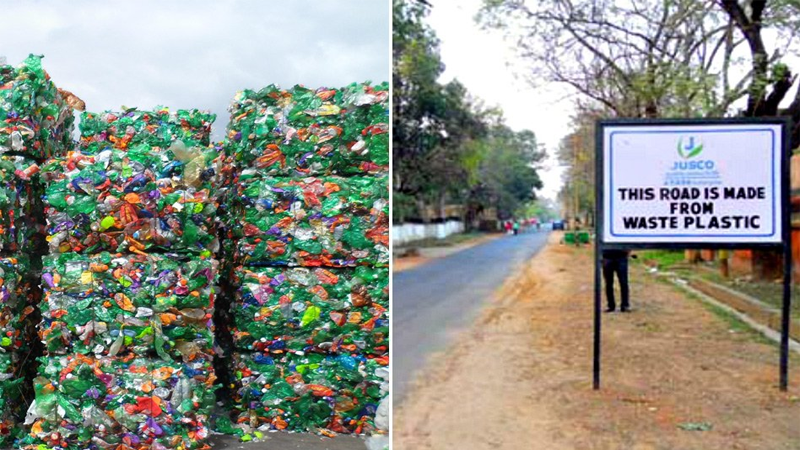Active Mobility in Kochi
Introduction
The different phases of urban development are related to the economic development of transportation. The 20th and 21st century, mass industrialization led to a car-centric development and walking or cycling became impractical
Each of these transport air pollutants affects human health differently. Carbon Monoxide (CO) results in anaemia and cardiovascular diseases, Sulphur Dioxide (SO2) when combined with particulate matter and moisture causes lung diseases, Nitrogen Oxide (NO) causes irritation of upper respiratory tract, development of anaemia as well as heart diseases, Lead causing long-term adverse impacts such as haematopoiesis derangement and damages to liver, kidney and the immune system are some examples. A passenger car absorbs more than 4 tonnes of atmospheric oxygen annually, releasing approximately 800 kg of carbon, 200 kg of various hydrocarbons and 40 kg of nitrogen oxides
Another negative impact of motorized transport on humans is traffic-induced noise. In urban areas, road traffic is the major source of noise and as the intensity and speed of traffic rises, the noise level increases. Apart from the irritating effect, noise also causes stress and a rise in blood pressure in individuals. The noise level is influenced by several factors such as traffic flow intensity, composition and speed, engine type, type and quality of road surface, percentage of green space and spatial planning decisions. Speed reduction, redistribution of intense traffic flows around residential areas by introducing sanitary protection zones, etc are some measures to control noise pollution.
Beginning with Jacobs as early as 1960s, many urban reformers and global institutions have highlighted the value of urban environments. They have led to numerous movements that advocated environmental sustainability and healthy lifestyles. Promoting the use of private vehicles for travel along with several other reasons such as use of internet and its services and automation of labour processes have led to population becoming hypodynamic, characterised by reduced activity. It is one of the causes of depression, diabetes and obesity
Policy makers and planners around the world are putting all efforts to create livable cities. Sustainable urban mobility offers efficient, cost-effective transport options giving access to key destinations and services with reduced levels of energy consumption and pollution. An integrated and balanced development of all transport modes is one of the main characteristics of Sustainable Urban Mobility Plans (SUMP) and also a key goal in the strategic EU policy
The International Physical Activity and the Environment Network (IPEN) project establishes a relationship between physical activity of people with the environment they live in. The main determinants are distances from residences to shops or schools, street density and land use distribution. Active mobility, including walking and cycling in combination with public transport or as single trips, is being promoted by health professionals and World Health Organisation (WHO) to tackle problems of physical inactivity. Active mobility, also referred to as ‘active transport’, ‘active transportation’ or ‘active travel’ have different infrastructure requirements. They are high-capacity modes of transport which has proved to increase the flow of people without substantial space consumption. Active mobility creates employment, makes our cities more attractive, reduces congestion on roads and helps tackle costs of health services related to physical inactivity. Policies at national and local government levels should be introduced to incorporate walking and cycling infrastructure in transport plans
Kochi, the capital city of Kerala is the most densely populated city region in the state has a population of 2.1 million
Transport network in Kochi consists of water, rail and land-based modes. Buses account for more than 40% of trips though it comprises only 2% of vehicles in the city. The modal split as per 2011 census is 4% walking, 15% cycling, 67% public transport and 14% personal car. Estimates show that there is one car for every five individuals in the city compared to eight at the state level. However, introduction of Kochi Mobility Hub and Kochi metro system has increased the awareness of public transport framework and its position in sustainable mobility. Kochi is also part of the Ecomobility Alliance, which is a group of ambitious cities who aim to create and implement urban mobility strategies that prioritize environment and the people.
Analysis
Similar to other Indian cities, Kochi faces a chronic traffic congestion with auto-rickshaws serving as the intermediate public transport (IPT). Kochi’s transport sector accounts for 20.2 percent of Particulate Matter (PM) 2.5 concentration in the city. The most noteworthy contributor to the city’s transport related emissions at 93 tons per day are auto-rickshaws. It is responsible for significant amounts of harmful pollutants per day, including carbon monoxide (3.1 million grams), PM 2.5 (1.48 million grams) and nitrous oxide (3.84 million grams)
The ‘Smart Mobility through Zero Carbon Footprints’ introduced in 2015, also aimed to provide access to public transport for citizens within 250 metres of their residence or workplace, encouraged walking and cycling across the city, ensured better accessibility to senior citizens, women and children to public transport and make Kochi’s public transport pollution free by 2020. The Master Plan of Kochi has included a comprehensive transport development plan to improve the transport infrastructure.
Walking and cycling are common and basic modes of transport around the world. Providing good quality infrastructure for walking and preventing pedestrian collisions should be thus, an important and achievable policy goal. The 2009 report by World Health Organization (WHO) analysed the causes of accidents and policies in cities and concluded that pedestrians, cyclists and motorcyclists are highly unsafe, specially without the protection from motorised vehicles. To reduce the number of road traffic deaths and to promote NMT by the Decade of Action for Road Safety, it is critical to make walking and cycling safe. There are policies at the state and central government such as parking policies, hawker policies, the National Urban Transport Policy (NUTP) 2006 under the National Urban Renewal Mission (NURM), Kerala Road Development Policy (Draft), 2009 and Transport Policies for Kerala,2011 that give priority to construction of cycle tracks and pedestrian paths to enhance safety of users and promote the use of NMT.
Estimates show that the cost to provide pedestrian infrastructure for 1 kilometre is only one thirtieth of that involved in making a flyover of the same length, whereas the number of pedestrians will be 10 times more than private vehicle users. The pedestrian count study done by Health Bridge, during week days and weekends show that irrespective of peak or non-peak hours, the number of pedestrians at any segment in the city is 2000 or above. The walkability index is 0.53 according to a study by National Transportation Planning and Research Centre (NATPAC), in 2013. These numbers call for attention for adequate active transport provisions.
Poor planning and lack of poor apathy for pedestrians has led to insubstantial or non-existent pedestrian infrastructure in Kochi, especially for persons with disabilities. Footpaths are characterized by broken slabs covering drains, uneven surfaces, encroachments by vendors and hawkers and garbage disposal. The Panampilly- Nagar walkway, known as streetscape, launched by the Kochi Metro Rail Limited (KMRL) in 2016, has been in a dilapidated state for the past few months. Similarly, the recently renovated Marine Drive walkway belonging to the Greater Cochin Development Authority (GCDA), has turned into a waste dumping yard because of lack of provision of waste bins.
Active mobility is a common form of physical activity and empirical evidence shows that the quality of walking and cycling in a community affects their physical fitness and health substantially. Apart from the health benefits like weight management, developing core and leg strength or reducing stress levels, cycling also influences cityscapes and mobility cultures. In January 2021, the Cochin Smart City Mission (CSML) built cycle lanes on six arterial roads in the city as part of the ‘India Cycles 4 Change Challenge’ with the support of the German Agency for International Cooperation (GIZ). They plan to scale up cycle tracks all over the city with time.
Kerala government had earlier this year launched key road infrastructure projects under the CSML under which 35 roads in Kochi city and the West Kochi are being renovated. Vasco da Gama Square, Dutch Palace entry area, Marine Drive walkway and Open-air auditorium at Fort Kochi are some of the chosen roads to be renovated. Six among these roads are upgraded as smart roads with dedicated utility ducts, road furniture such as walkways, cycle tracks, signages, bus bays, zebra crossings and smart road features.
Proposal
To increase the awareness among public, active mobility should be ideally established as an integrative approach to promote safety, healthy and liveable cities. To address low walkability in Kochi, law enforcements for maintenance and cleaning of footpaths should be adopted. This would include quality checks of footpath surfaces and pedestrian infrastructure. A permanent hierarchy of streets should be developed and NMT only streets shall be designated as per the Indian Road Congress (IRC) 103 guidelines. Permanent installation and maintenance of basic facilities like drinking water, toilets, emergency booths and strict enforcements against tampering of these items should be ensured. Wayfinding signages to indicate resilient and safe zones, local hospitals and emergency services can also be helpful to pedestrians. Periodic public consultation is also necessary to build awareness among citizens.
Walking and cycling must be encouraged and facilitated as a primary mode for short trips within the neighbourhood and city. Dedicated and demarcated cycle lanes must be assigned and potential spaces in front of buildings, streets and vacant public land for permanent parking infrastructure has to be identified and developed. Introducing incentives for adopting NMT could also attract more people and develop this practice.
Conclusion
Traditional planning often assumes that the primary goal is to maximise travel speed while minimizing physical effort in urban areas, where majority of the world’s population currently reside. Mobility has become the key dynamic of urbanization with its infrastructure being the foundation of urban form. Despite the increase in investments and initiatives in urban mobility, accessibility to places, activities and services is becoming increasingly difficult. Cities today are characterized by accessibility crisis and negative externalities.
Active mobility, i.e. walking and cycling are not only healthy on an individual level but they are also cheap, carbon-neutral and space-saving when compared to other modes. However, their share in the modal split is still comparatively low in many global cities. The willingness to change individual behavioural patterns is also requisite in triggering behaviour changes in urban mobility. Either, people are unaware of walking and cycling alternatives to common mobility habits or the provided services and developments do not meet expectations of people who eventually refuse to accept them.
Kochi, the densest urban agglomeration in Kerala faces infrastructure deficits in ensuring pedestrian rights. Strategies to encourage active mobility and development of associated infrastructure should be a priority in future investments and city mobility plans. To increase the participation of city dwellers in active mobility, authorities should ensure dedicated lanes for walking and cycling, traffic calming measures, well maintained and lighted footpaths, easy access, checking illegal on-street parking, streetscaping, implementing street vendor policies, integrating different public transport modes and conduct awareness programmes.
References
(n.d.). Retrieved from https://newru.com/world/13may2008/hypodinam.html
2011 Census Data. (n.d.). Retrieved from Census India: https://censusindia.gov.in/2011-common/censusdata2011.html
Abrantes, P., Ellerton, T., & Haines-Doran, T. (2016). The Case for Active Travel. Urban Transport Group.
Dobesova, Z., & Krivka, T. (179-196). Walkability Index in the Urban Planning: A Case Study in Olomouc City. Advances in Spatial Planning.
EcoMobility Alliance. (2012-2015). Report 2012-2015.
Ecomobility Alliance. (2018). Report 2018.
Horton, D. (2013.). Understanding Walking and Cycling: Why Do People Walk and Cycle? Why Are They Not Cycling and Walking? Workshop on Potential contributions of cycling to future post fossil fuel mobilities.
(2007). Scientific Report. International Scientific and Practical Conference.
Terill, D. (2018, September 19). Divorcing growth from the car. Retrieved from Deloitte: https://www2.deloitte.com/au/en/blog/shaping-future-cities/2019/divorcing-growth-car.html
Wefering, F., Rupprecht, S., Buhrmann, S., & Böhler-Baedeker, S. (2014). Developing and Implementing a Sustainable Urban Mobility Plan. European Commission.
Related Articles
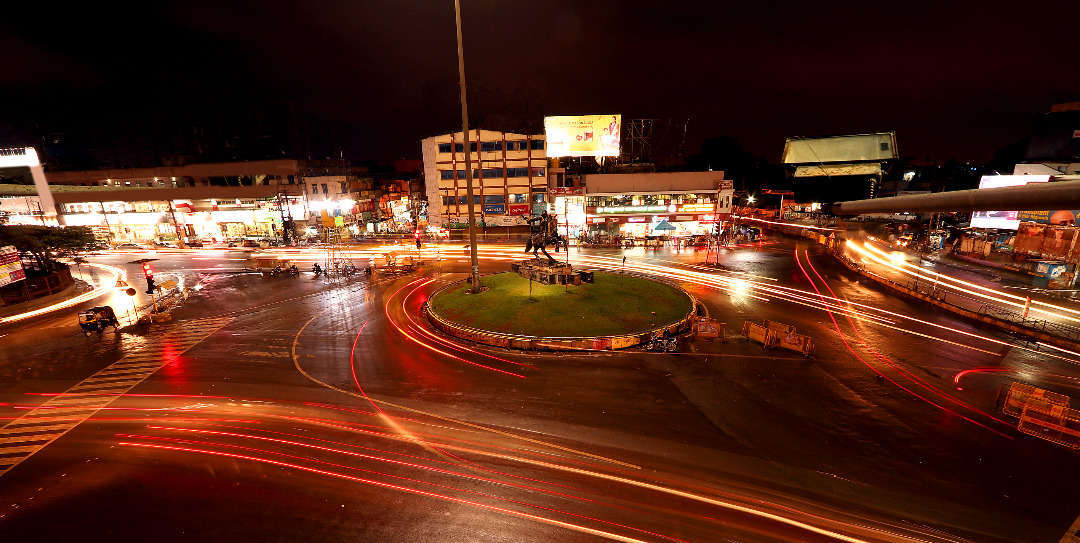
Transit in Hubballi-Dharwad
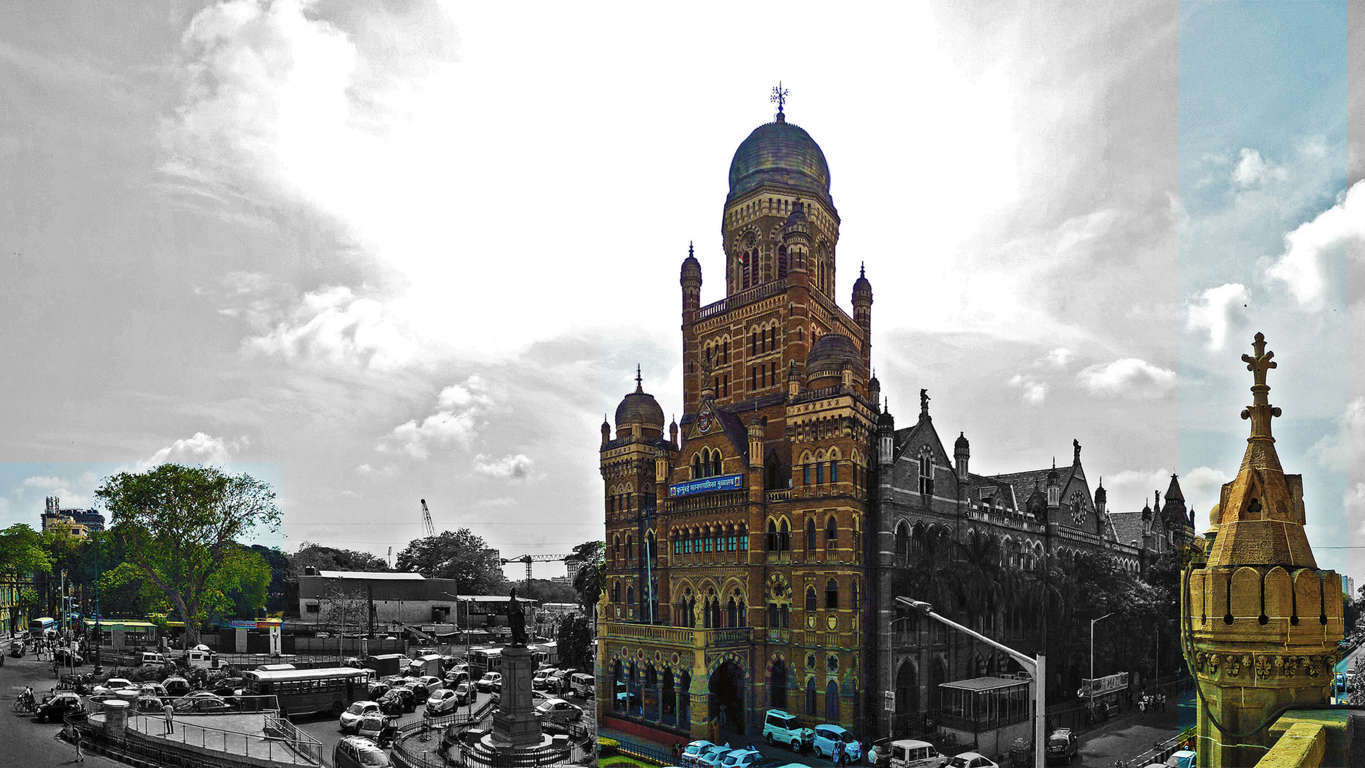
Reforming Urban Planning in 21st Century Indian Cities
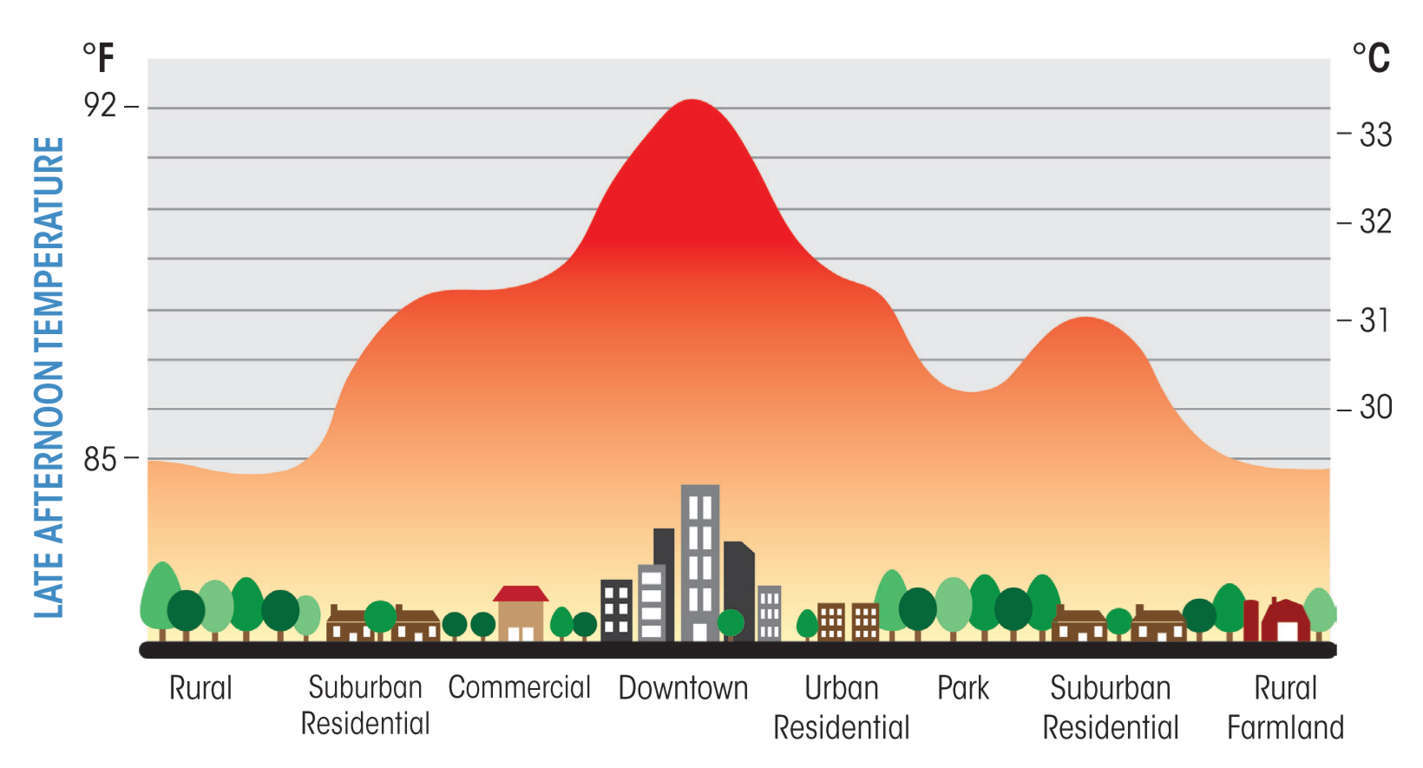
URBAN HEAT ISLAND INNOVATIVE WAY TO REDUCE ITS EFFECT
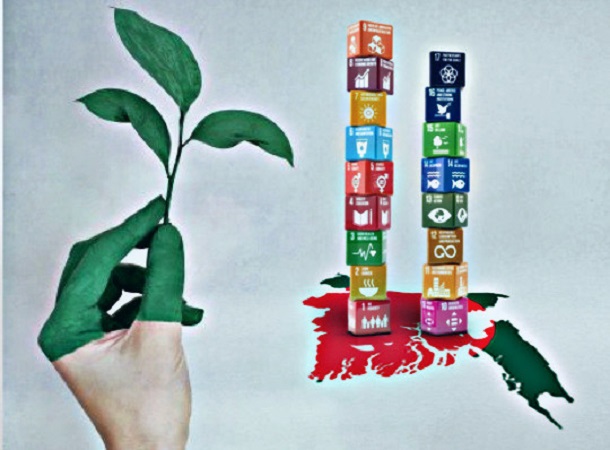
Sustainable Development Goal Index
